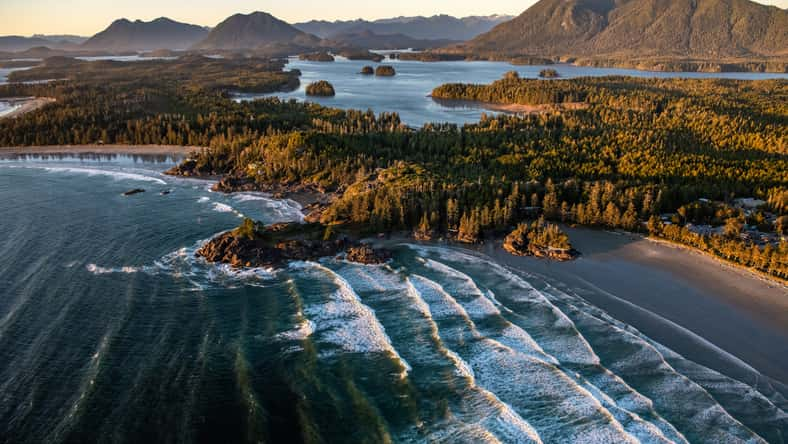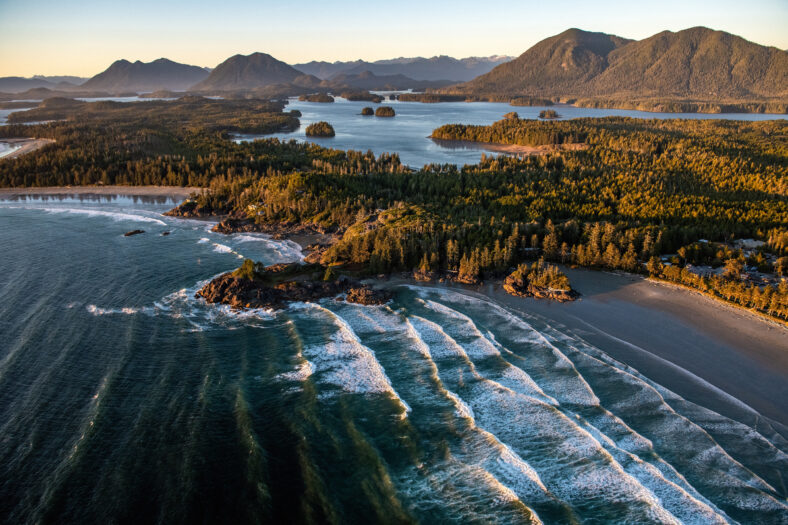An Extreme Rogue Wave Came Out Of Nowhere Near Vancouver Island, And Scientists Wouldn’t Have Known About It If A Buoy Didn’t Tip Them Off

A giant wave seemingly came out of nowhere in November 2020, lifting a buoy near Ucluelet, Vancouver Island, off the coast of British Columbia, 58 feet high. Finally, a few years later, the wall of water was confirmed to be the most extreme rogue wave ever recorded.
An event like this is thought to only take place once every 1,300 years. If the buoy hadn’t been lifted up, scientists might never have known that it even happened.
Rogue waves were chalked up as nothing more than nautical folklore for centuries. It wasn’t until 1995 that they were discovered to be a very real phenomenon.
On the first day of the new year, a wave about 85 feet tall struck an oil-drilling platform located approximately 100 miles off the coast of Norway. At the time, the wave, called the Draupner wave, challenged all models that scientists had created.
Dozens of other rogue waves have been recorded since then. Some have even occurred in lakes. A rogue wave is defined as any wave that is more than twice the height of the waves surrounding it.
The wave that surfaced near Ucluelet, Vancouver Island, was not the tallest ever, but it was much bigger than the waves around it.
For instance, the Draupner wave was 85 feet tall, while its neighbors were only about 40 feet tall. In comparison, the Ucluelet wave was three times the size of other waves in its vicinity.
“Proportionally, the Ucluelet wave is likely the most extreme rogue wave ever recorded,” said Johannes Gemmrich, a physicist from the University of Victoria.
“Only a few rogue waves in high sea states have been observed directly, and nothing of this magnitude.”

Sign up for Chip Chick’s newsletter and get stories like this delivered to your inbox.
Researchers are still trying to get down to the bottom of how rogue waves are formed to better predict when they will appear next.
Their work includes measuring rogue waves as they happen and creating models that simulate how the wind might contribute to their formation.
Even when rogue waves occur far offshore, they can still affect marine operations, oil rigs, or wind farms. They can also endanger the lives of beachgoers if they are large enough.
The Ucluelet and Draupner waves have not caused any serious damage or resulted in deaths, but other rogue waves have.
Some ships that went missing during the 1970s are now believed to have been sunk by sudden giant waves. A 2020 study predicted that wave heights in the Pacific Ocean will only increase with climate change, suggesting that we will see even bigger waves in the future.
“Capturing this once-in-a-millennium wave, right in our backyard, is a thrilling indicator of the power of coastal intelligence to transform marine safety,” said Scott Beatty, the CEO of MarineLabs.
The study was published in Scientific Reports in 2022.
More About:News





